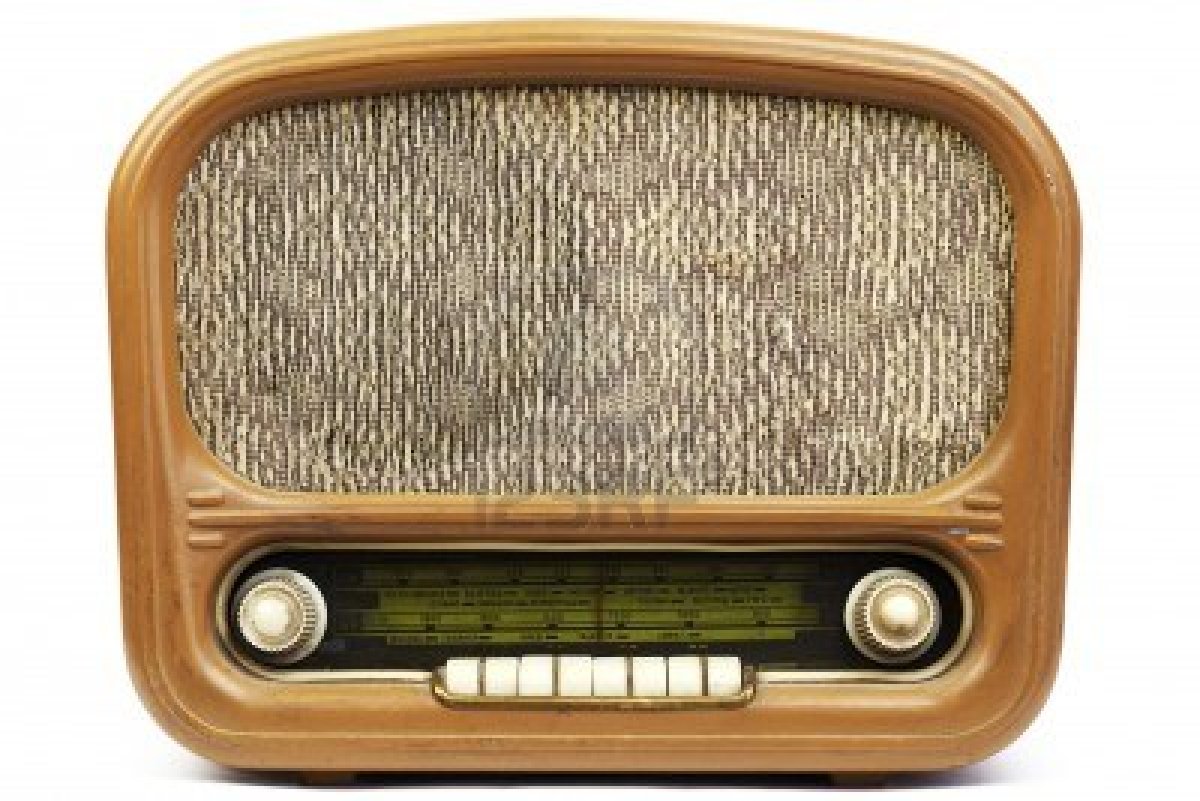As fewer and fewer people discover new music through conventional terrestrial radio, it has switched to a system of playing the same top 40 hits ad nauseam, meaning that itsvalue as a promotional service for up-and-coming artists is becoming less and less. The Fair Play Fair Pay Act hopes to fix this broken system.
“Unparalleled promotional value” justifies corporate, commercial FM Radio paying nothing to musicians while it earns billions from ad sales fueled by their work. Radio breaks new bands, so we’re doing you a favor by putting your song on the air. So claimed Big Radio’s chief lobbyist Gordon Smith in March.
So is that true? Does corporate AM/FM radio provide “unparalleled” promotion to new acts?
Not so much.
“Hold On, We’re Going Down” — Radio Plummets as a Source For New Music
Edison Research conducted a survey asking, “among the Internet, newspapers, radio and television, which one do you turn to first to learn about new music?”
Radio ranks second, lagging twelve percentage points behind the Internet (44%-32%).
Radio as a primary source for music discovery has fallen from 63% in 2002 to 32% in 2015.
This fits with reporting from the Wall Street Journal. The story “Radio’s Answer to Spotify? Less Variety” (January 16, 2014) details how radio has responded to the challenge of mushrooming music services and new options by instead bombarding listeners with a shorter and shorter list of pop hits — playing songs people already know over and over again, rather than breaking any new ground:
“[T]raditional broadcasters have managed to expand their listenership with an unlikely tactic: offering less variety than ever.”
“The strategy is based on a growing amount of research that shows in increasingly granular detail what radio programmers have long believed — listeners tend to stay tuned when they hear a familiar song, and tune out when they hear music they don’t recognize.”
But if AM/FM broadcasters are putting fewer songs into heavier and heavier rotation, do at least those few artists who make the cut end up benefiting?
Wrong again. The article explains that putting hits in such heavy rotation actually hurts album sales. Playing Capital Cities’ “Safe and Sound” to death foreclosed airplay of a second single — “Safe and Sound just wasn’t going away,” explained Capital Cities’ manager, Dan Weisman. And a second hit is generally what it takes to drive album sales.
And other factors beyond “music discovery” seem to influence AM/FM playlists as well these days. One report noted that Dr. Dre’s new album “Compton” has been virtually ignored by AM/FM radio (either because it is simply unfamiliar music or perhaps because of his ties to AM/FM biggest new competitor Apple?), although the album has been a huge success thanks to other services.
“The romantic image of the DJ, walking into the booth with a stack of songs he or she is just waiting to introduce to the audience, is long-ago and far away.”
“Instead, for most people radio is now where one goes to ‘hear what the hits are.’ Radio is where one finds the tiny subset of all the songs that have, by whatever means, broken through to that rarefied level.”
In other words, AM/FM radio is getting better at milking value out of songs once they are popular, but worse at actually finding and breaking new hits in the first place.
The comments on this “Radio Ink” story, from actual radio employees and execs, are telling. One, claiming the mantle of radio “realist” lays bare the cynical, corporatist view of music as a commodity that pervades the corporate broadcast business:
“Of course we aren’t the biggest place for music discovery? Why not? Because most of the public doesn’t care. The VAST majority of people don’t care about ‘Music Discovery’ and want the familiar and comfortable..”
Another commenter:
“This is a clear result of using ‘what is easy’ (programming services that cycle the same 55 song rotations across the entire country) rather than paying attention to where new music is being sourced by the consumer. This is a form of slow suicide at best.”
Someone should tell Gordon Smith.
Put Your Money Where Your Mouth Is
These findings highlight a real absurdity — the radio format that promotes music discovery the least pays the least to musicians and music creators (read zero).
While SiriusXM and Internet radio services such as Pandora pay, because of Big Radio’s special interest lobbying, AM/FM Radio gets to exploit all the music it wants for nothing.
That’s why the Fair Play Fair Pay Act is so important. It ends this loophole.
But it does so thoughtfully. It doesn’t fix a price for music, rather it puts in place a process to determine the market value for AM/FM radio music. Further it takes into account the value of any promotion that radio airplay provides to the artists. If radio offers “unparalleled promotional value” to artists — royalties will be very low.
Indeed, the Fair Play Fair Pay Act also allows for free market negotiations. Who knows? Some music creators might find FM radio’s reach to be as “unparalleled” as Big Radio claims it is or be willing to trade economic returns today for the hope of AM/FM promotion tomorrow. If so, they will be free to give away their music to radio.
But if promotional value of AM/FM airplay is shrinking, prices will reflect that too. And artists seeing their album sales and downloads artificially depressed by saturation playlists will benefit from royalties that reflect the economic reality of radio today.
Tune In, Turn on, Write Congress
We need this bill for the next generation of musicians. That’s why a huge cross section of artists including Common, REM, Elton John, Chuck D, Imogen Heap, Rosanne Cash, Marc Cohn, Martha Reeves, Elvis Costello, Duke Fakir of the Four Tops, Annie Lennox, tUnE-yArDs, L.A. Guns and so many others have asked Congress to pass this bill.


